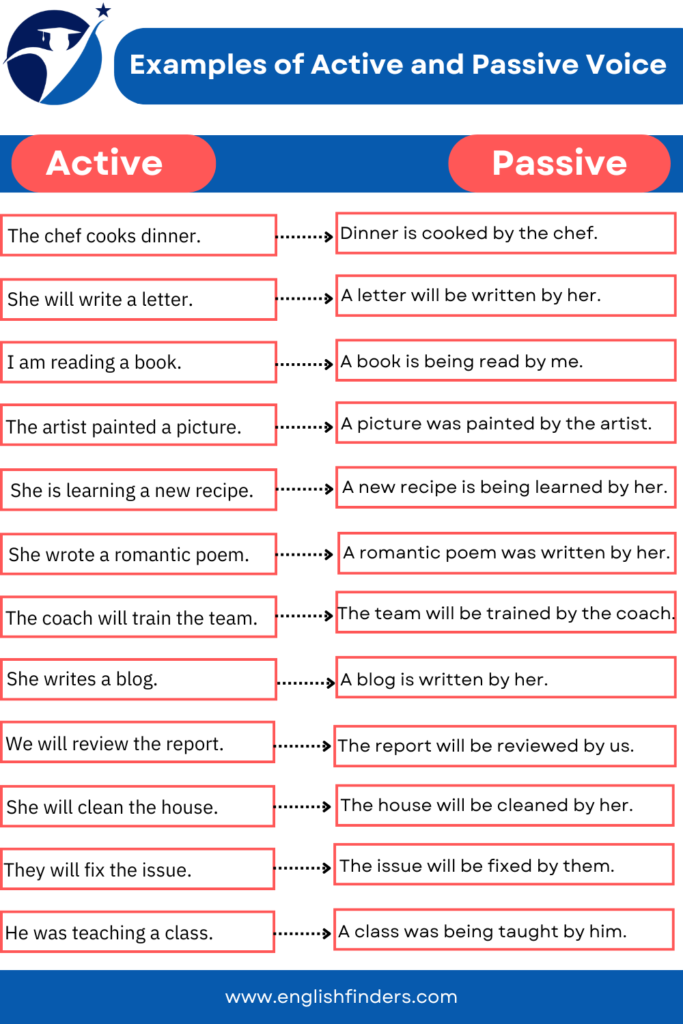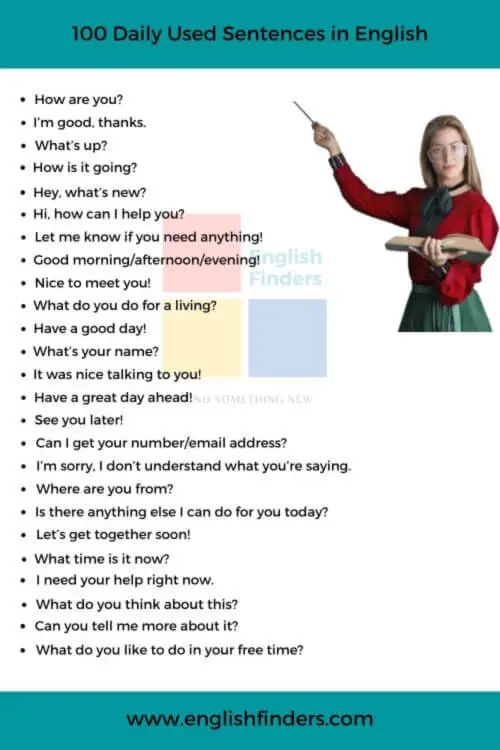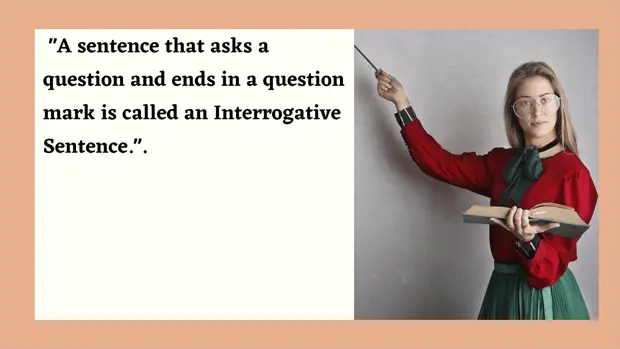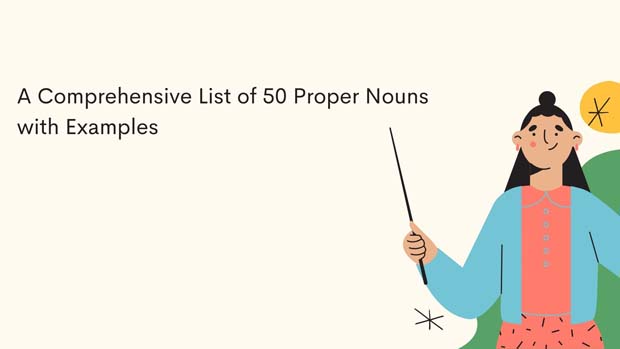Last updated on May 16th, 2025 at 04:09 pm
In this lesson, we’ll show you 100 examples of active and passive voice to help you understand them clearly. You’ve probably come across active and passive voice in your grammar lessons, but what exactly do they mean, and why are they so important parts of English grammar? Let’s uncover them.
What are Active and Passive Voice?
Quick Navigation
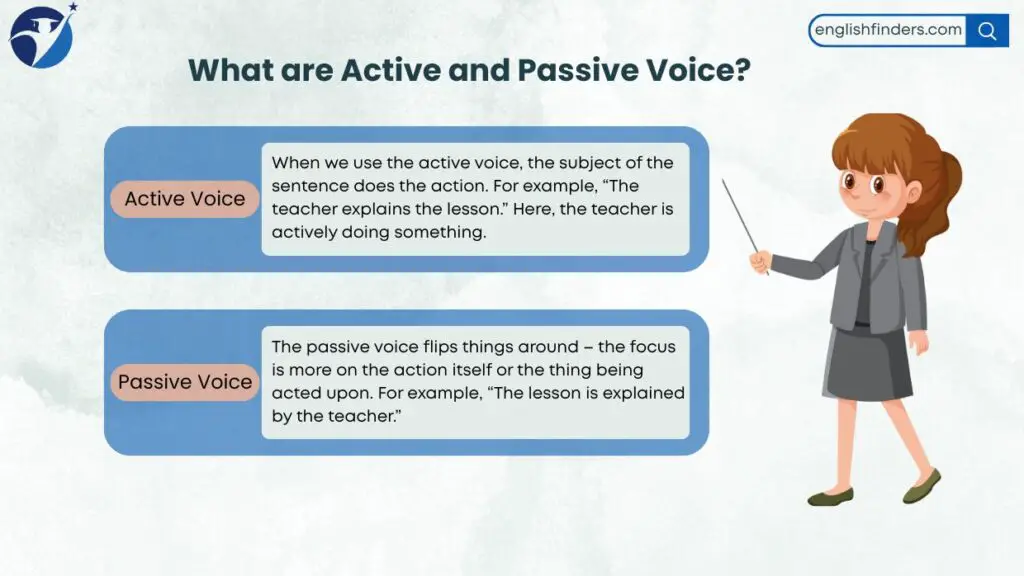
When we use the active voice, the subject of the sentence does the action. For example, “The teacher explains the lesson.” Here, the teacher is actively doing something.
On the other hand, the passive voice flips things around – the focus is more on the action itself or the thing being acted upon. For example, “The lesson is explained by the teacher.” See the difference?
Understanding both active and passive voice can help you communicate more clearly and effectively. Further, it’ll make your writing sound more interesting and varied.
100 Examples of Active and Passive Voice
Let’s dive into the 100 useful examples of active and passive voice.
Active: The chef cooks dinner.
Passive: Dinner is cooked by the chef.
Active: The students completed their homework.
Passive: The homework was completed by the students.
Active: She will write a letter.
Passive: A letter will be written by her.
Active: They have built a new playground.
Passive: A new playground has been built by them.
Active: Mary explains the lesson to her students.
Passive: The lesson is explained to her students by Mary.
Active: I am reading a book.
Passive: A book is being read by me.
Active: He fixes the car every weekend.
Passive: The car is fixed by him every weekend.
Active: The artist painted a picture.
Passive: A picture was painted by the artist.
Active: The company will launch a new product.
Passive: A new product will be launched by the company.
Active: She is learning a new recipe.
Passive: A new recipe is being learned by her.
Active: The children played soccer yesterday.
Passive: Soccer was played by the children yesterday.
Active: They have completed the project.
Passive: The project has been completed by them.
Active: The manager approves the requests.
Passive: The requests are approved by the manager.
Active: I had finished the assignment before the deadline.
Passive: The assignment had been finished by me before the deadline.
Active: The mechanic is repairing the bike.
Passive: The bike is being repaired by the mechanic.
Active: She wrote a romantic poem.
Passive: A romantic poem was written by her.
Active: The kids are watching a movie.
Passive: A movie is being watched by the kids.
Active: He has delivered the package.
Passive: The package has been delivered by him.
Active: The coach will train the team.
Passive: The team will be trained by the coach.
Active: We were discussing the project.
Passive: The project was being discussed by us.
Active: The chef had prepared the meal.
Passive: The meal had been prepared by the chef.
Active: They are organizing the event.
Passive: The event is being organized by them.
Active: She writes a blog.
Passive: A blog is written by her.
Active: The gardener is planting flowers.
Passive: Flowers are being planted by the gardener.
Active: The artist has created a sculpture.
Passive: A sculpture has been created by the artist.
Active: We will review the report.
Passive: The report will be reviewed by us.
Active: The librarian is sorting the books.
Passive: The books are being sorted by the librarian.
Active: He delivers newspapers every morning.
Passive: Newspapers are delivered by him every morning.
Active: The team is building a new website.
Passive: A new website is being built by the team.
Active: They had finished their work before noon.
Passive: Their work had been finished by them before noon.
Active: She will clean the house.
Passive: The house will be cleaned by her.
Active: The chef has prepared a delicious meal.
Passive: A delicious meal has been prepared by the chef.
Active: The company was updating its software.
Passive: The software was being updated by the company.
Active: The teacher had given the students a test.
Passive: A test had been given to the students by the teacher.
Active: I am writing a report.
Passive: A report is being written by me.
Active: They will fix the issue.
Passive: The issue will be fixed by them.
Active: The parents are picking up the kids.
Passive: The kids are being picked up by the parents.
Active: She wrote a letter to her friend.
Passive: A letter was written to her friend by her.
Active: The scientist has conducted an experiment.
Passive: An experiment has been conducted by the scientist.
Active: He was teaching a class.
Passive: A class was being taught by him.
Active: They will announce the results tomorrow.
Passive: The results will be announced by them tomorrow.
Active: The committee is reviewing the proposals.
Passive: The proposals are being reviewed by the committee.
Active: She had read the book before the meeting.
Passive: The book had been read by her before the meeting.
Active: The musician is performing a concert.
Passive: A concert is being performed by the musician.
Active: The teacher will grade the tests.
Passive: The tests will be graded by the teacher.
Active: We have finished our homework.
Passive: Our homework has been finished by us.
Active: The chef is preparing dinner.
Passive: Dinner is being prepared by the chef.
Active: She wrote the article last night.
Passive: The article was written by her last night.
Active: The students are studying for the exam.
Passive: The exam is being studied for by the students.
Active: They had repaired the computer.
Passive: The computer had been repaired by them.
Active: The gardener is watering the plants.
Passive: The plants are being watered by the gardener.
Active: I will clean the room.
Passive: The room will be cleaned by me.
Active: The team is planning a trip.
Passive: A trip is being planned by the team.
Active: He has sent the email.
Passive: The email has been sent by him.
Active: The professor will lecture on history.
Passive: History will be lectured on by the professor.
Active: They are designing a new logo.
Passive: A new logo is being designed by them.
Active: She will complete the project next week.
Passive: The project will be completed by her next week.
Active: The students have answered the questions.
Passive: The questions have been answered by the students.
Active: He is writing a novel.
Passive: A novel is being written by him.
Active: The chef had cooked dinner before we arrived.
Passive: Dinner had been cooked by the chef before we arrived.
Active: They will host the party.
Passive: The party will be hosted by them.
Active: The artist is showcasing his paintings.
Passive: His paintings are being showcased by the artist.
Active: She had finished the report.
Passive: The report had been finished by her.
Active: The children are playing in the park.
Passive: The park is being played in by the children.
Active: He wrote a book last year.
Passive: A book was written by him last year.
Active: The company is developing a new app.
Passive: A new app is being developed by the company.
Active: We had seen the movie before.
Passive: The movie had been seen by us before.
Active: She will organize the event.
Passive: The event will be organized by her.
Active: The technician is installing the software.
Passive: The software is being installed by the technician.
Active: The chef has created a new recipe.
Passive: A new recipe has been created by the chef.
Active: They were fixing the fence.
Passive: The fence was being fixed by them.
Active: The teacher will explain the grammar rule.
Passive: The grammar rule will be explained by the teacher.
Active: He has painted the house.
Passive: The house has been painted by him.
Active: The students are preparing for the presentation.
Passive: The presentation is being prepared for by the students.
Active: She will bake cookies tomorrow.
Passive: Cookies will be baked by her tomorrow.
Active: The gardener was planting trees.
Passive: Trees were being planted by the gardener.
Active: They are building a new bridge.
Passive: A new bridge is being built by them.
Active: He had written the report before the meeting.
Passive: The report had been written by him before the meeting.
Active: The chef is cooking a special dish.
Passive: A special dish is being cooked by the chef.
Active: She will finish the book by tomorrow.
Passive: The book will be finished by her by tomorrow.
Active: He is working hard on the project.
Passive: The project is being worked hard on by him.
Active: The artist is creating a new sculpture.
Passive: A new sculpture is being created by the artist.
Active: He has designed a new product.
Passive: A new product has been designed by him.
Active: They were discussing the plan.
Passive: The plan was being discussed by them.
Active: The technician will repair the machine.
Passive: The machine will be repaired by the technician.
Active: The manager is reviewing the reports.
Passive: The reports are being reviewed by the manager.
Active: She had prepared the presentation.
Passive: The presentation had been prepared by her.
Active: The chef is making a new dish.
Passive: A new dish is being made by the chef.
Active: The team will finish the project by Friday.
Passive: The project will be finished by the team by Friday.
Active: The author has written a bestseller.
Passive: A bestseller has been written by the author.
Active: They are editing the video.
Passive: The video is being edited by them.
Active: She will complete the assignment.
Passive: The assignment will be completed by her.
Active: The police are investigating the case.
Passive: The case is being investigated by the police.
Active: He had fixed the computer.
Passive: The computer had been fixed by him.
Active: The company is launching a new campaign.
Passive: A new campaign is being launched by the company.
Active: She will organize the files.
Passive: The files will be organized by her.
Active: The team was playing a game.
Passive: A game was being played by the team.
Active: They have built a new house.
Passive: A new house has been built by them.
Active: The writer is drafting a novel.
Passive: A novel is being drafted by the writer.
Active: He had trained the staff.
Passive: The staff had been trained by him.
Final Thoughts
Remember, the active voice is often more straightforward and dynamic, making your sentences clear and direct. For example, “The chef cooks dinner” immediately tells us who is doing what. On the other hand, the passive voice can be useful when you want to emphasize the action or the receiver of the action, as in “Dinner is cooked by the chef.”
Both voices have their places in writing and speaking, and mastering them will help us express ourselves more effectively and with greater variety. That’s why we need to practice them regularly.
Frequently Asked Questions
What is the difference between active and passive voice?
Active voice occurs when the subject of the sentence performs the action, while the passive voice occurs when the action is performed on the subject.
When should I use passive voice?
Passive voice is useful when you want to emphasize the action itself or the receiver of the action rather than the doer. It’s also helpful when the doer is unknown or irrelevant.
When should I avoid using passive voice?
Passive voice can sometimes make sentences vague or indirect. It’s best to avoid it if it leads to confusion about who is performing the action or if it makes your writing less engaging.

Azizul Hakim is the founder & CEO of englishfinders.com. He is a passionate writer, English instructor, and content creator. He has completed his graduation and post-graduation in English language and literature.

